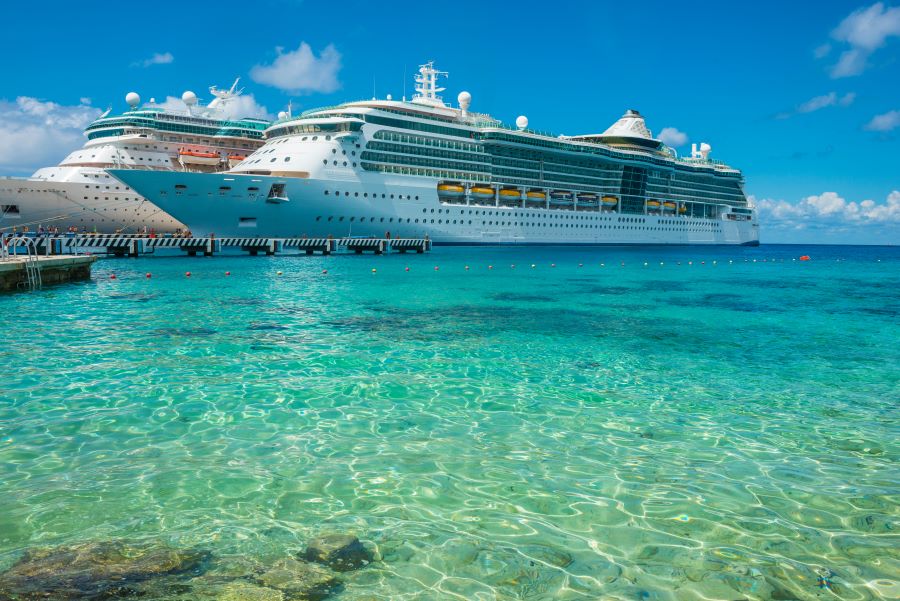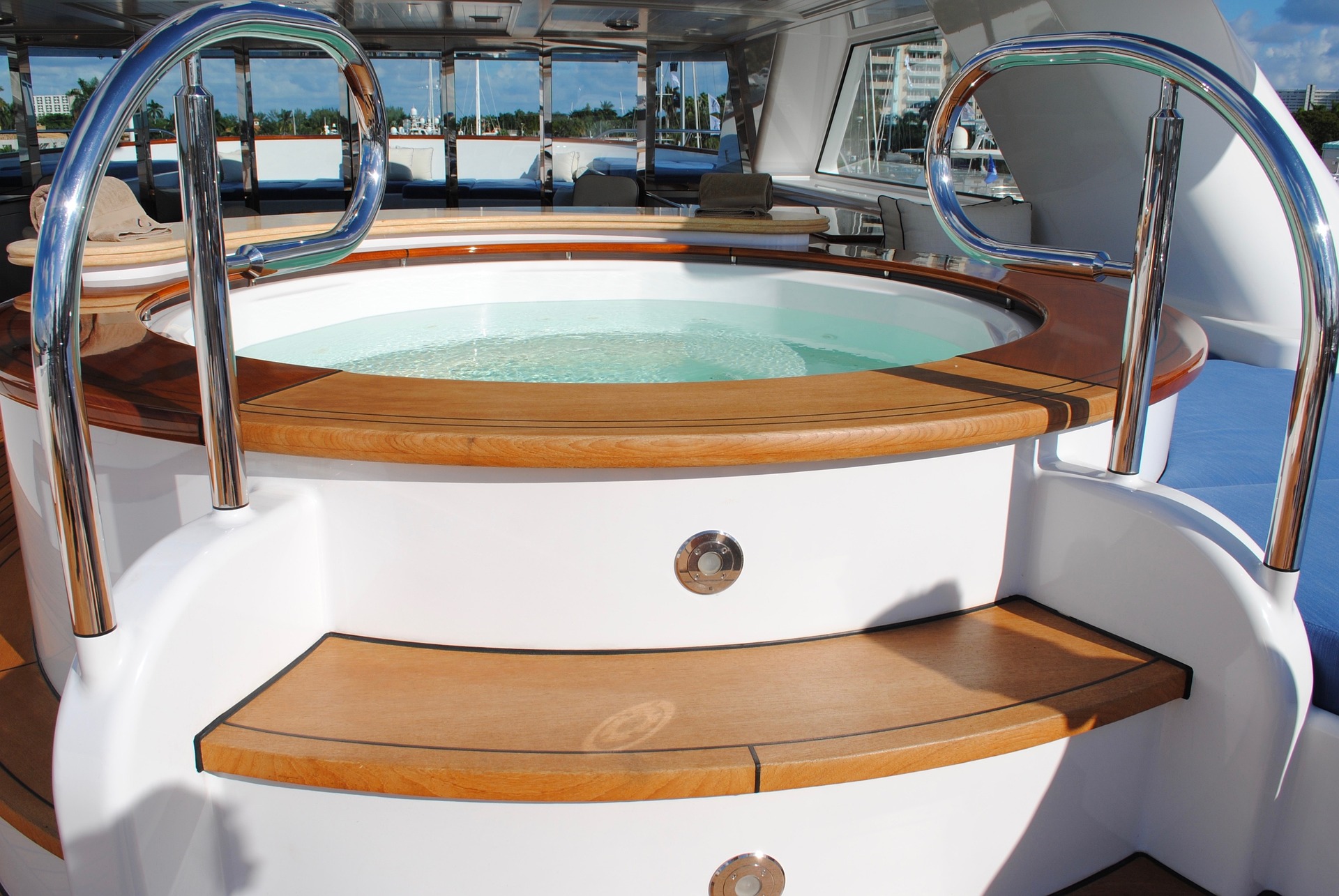Repositioning Cruises: Understanding Routes and Timing
Repositioning cruises offer unique travel opportunities when cruise lines move their ships between seasonal destinations. These voyages typically occur during spring and fall transitions, providing passengers with longer sailing times, fewer port stops, and distinctive itineraries at reduced costs. Understanding the fundamentals of repositioning cruises helps travelers make informed decisions about these special maritime journeys.

What Routes Do Repositioning Cruises Follow
Popular routes for repositioning cruises vary based on seasonal fleet movements between major cruise regions. Transatlantic repositioning typically connects the Caribbean to Mediterranean ports during spring migrations, with ships sailing from Fort Lauderdale or Miami to Barcelona, Rome, or Southampton. Fall repositioning reverses this pattern, bringing vessels back to Caribbean homeports for winter seasons.
Transpacific repositioning connects Alaska summer seasons with warmer winter destinations. Ships commonly travel from Seattle or Vancouver to Hawaii, Australia, or Asia during autumn months. Alaska-to-Caribbean repositioning represents another significant route, requiring vessels to transit through the Panama Canal. European repositioning often involves Baltic-to-Mediterranean movements, while some ships relocate from Northern European ports to Caribbean bases.
When Repositioning Cruises Operate During the Year
Seasonal timing and schedules for repositioning sailings follow predictable patterns aligned with cruise industry seasonal demands. Spring repositioning typically occurs from March through May, as cruise lines move ships from Caribbean winter bases to European and Alaska summer destinations. This timing allows vessels to begin Mediterranean and Northern European operations by late spring.
Fall repositioning generally spans September through November, when ships return from summer deployment areas to winter homeports. Transatlantic eastbound repositioning usually happens in April and early May, while westbound crossings occur in September and October. Transpacific repositioning typically takes place in September and October, allowing ships to reach warmer climates before winter weather patterns develop.
Essential Strategies for Booking Repositioning Voyages
Planning tips for booking a repositioning cruise require understanding unique aspects of these voyages. Repositioning cruises often feature longer durations than traditional itineraries, typically lasting 10-21 days with fewer port stops and more sea days. Travelers should prepare for extended time onboard and pack accordingly for varying weather conditions encountered during route transitions.
Booking timing significantly impacts availability and pricing. Repositioning cruises typically go on sale 12-18 months in advance, with early booking often providing better cabin selection and pricing advantages. Travelers should remain flexible with dates and destinations, as repositioning schedules depend on operational requirements rather than traditional cruise patterns. Travel insurance becomes particularly important given the specialized nature of these voyages.
Port Activities During Repositioning Voyages
Shore excursions linked to repositioning cruise stops often feature unique destinations not commonly visited on regular itineraries. Repositioning cruises may include stops at Atlantic islands like the Azores, Madeira, or Bermuda during transatlantic crossings. These ports offer distinctive cultural experiences, natural attractions, and historical sites unavailable on typical cruise routes.
Pacific repositioning may include Hawaiian islands, with opportunities for volcanic exploration, cultural immersion, and tropical activities. Some repositioning voyages feature unusual ports of call in places like Gibraltar, Malta, or various Caribbean islands serving as fuel stops. Passengers should research port-specific activities in advance, as shore excursion offerings may differ from standard cruise programs due to shorter port stays or unique scheduling requirements.
Advantages of Choosing Repositioning Cruises
Benefits of traveling on a repositioning cruise include significant cost savings compared to similar-length traditional cruises. Lower passenger demand for repositioning voyages often results in reduced fares, making longer cruise experiences more accessible. The higher ratio of sea days to port days appeals to travelers who enjoy onboard amenities, relaxation, and ship-based activities.
Repositioning cruises typically offer more intimate experiences with fewer passengers, creating opportunities for enhanced service and less crowded facilities. These voyages attract experienced cruisers and travelers seeking unique itineraries unavailable through regular cruise schedules. The longer duration allows passengers to fully experience ship amenities, participate in enrichment programs, and enjoy extended relaxation periods.
| Cruise Line | Route Example | Duration | Price Range |
|---|---|---|---|
| Royal Caribbean | Miami to Barcelona | 14 nights | $800-2,500 |
| Norwegian | Seattle to Sydney | 18 nights | $1,200-3,200 |
| Celebrity | Fort Lauderdale to Rome | 12 nights | $900-2,800 |
| Princess | Vancouver to Los Angeles | 7 nights | $600-1,800 |
Prices, rates, or cost estimates mentioned in this article are based on the latest available information but may change over time. Independent research is advised before making financial decisions.
Repositioning cruises represent distinctive travel opportunities combining extended voyaging with cost-effective pricing and unique itineraries. These specialized sailings require different planning approaches and expectations compared to traditional cruises, but offer rewarding experiences for travelers seeking longer maritime journeys. Understanding repositioning cruise characteristics, timing, and booking strategies helps ensure successful voyage selection and enjoyable travel experiences during these transitional maritime adventures.




